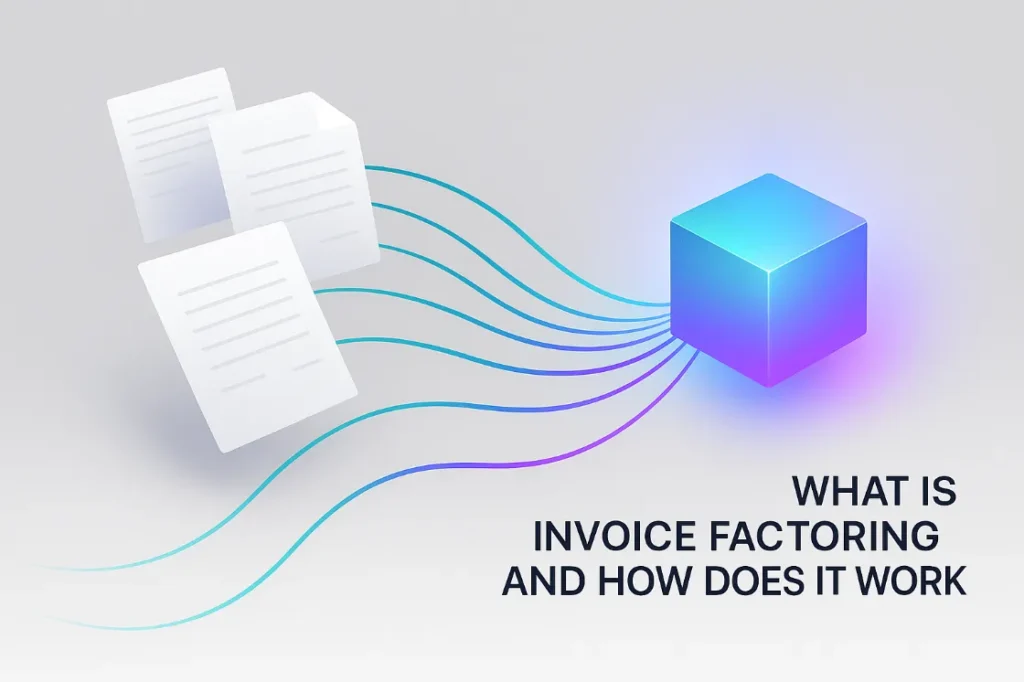A line of credit can come in handy for small businesses, helping with short-term expenses, operational costs, or providing working capital. It can bridge the gap between a business’s buying and selling cycle. But if you’re wondering how to get business line of credit for your company, read on
Explain Business Line of Credit
Akin to credit cards, this kind of unsecured credit line permits a company to borrow up to a specific amount, and will only charge interest on the amount borrowed. Interest accrues once funds are drawn. Usually, rates are lower than those for business credit cards. As the balance is paid down, the amount paid is available again to borrow.
A business line of credit is different from a traditional loan, wherein the company gets a lump sum it must repay monthly with interest.
The lender sets the amount of the line of credit, which is subject to annual credit review and renewal. Amounts can range between $10,000 to more than $1 million — with a minimum FICO score of 680 required. Funds are typically drawn through a mobile banking app, small business credit card, or business checking account.
What is a Business Line of Credit Used For?
A company can use a business line of credit for sudden expenses, large purchases, or cash-flow needs. Access Is fast and easy.
Primarily, such a credit line is used for short-term funding, usually to assist with operational expenses like payroll or supplies, or for adding to inventory. It’s also sometimes used for growth initiatives that need more funding. Cyclical or seasonal companies often depend on a line of credit for working capital until sales pick back up. Unlike with small business loans, you don’t have to use credit lines for a specific purpose.
A business line of credit can also help companies build their credit rating, which will prove helpful if future financing is sought.
How to Get Business Line of Credit
Once you establish the amount of funding necessary, you should:
- Look into lender requirements. Each lender has its own business line of credit requirements, with some more lenient than others. To compare, you’ll want to check lender websites or speak with representatives. Lenders commonly look for years in business, cash flow and revenue, and your business and personal credit scores. They also consider the industry you’re in as well as your business plan.
- Pull together necessary information and documents. The lender will want to see general info about you, your business, and your company’s finances. You can expect to be asked for business licenses, personal and business bank statements, articles of incorporation, your business plan, personal and business bank statements, and profit and loss statements. You’ll also likely need your personal and business tax returns and information about other outstanding debts.
- Choose a lender. A business line of credit can be obtained through traditional banks, online lenders, and credit unions, with the latter two commonly having more flexible eligibility requirements.
- Compare features. Before choosing a lender, shop around to be certain you’re getting the best option available. Compare maximum credit limits, draw periods, repayment terms, requirements, and interest rates. You should also look at associated fees, and whether the lender will report your payments to the credit bureaus.
In Summary
Using a business line of credit can be a good way to improve cash flow management, as it can permit you to revolve your credit by borrowing when needed. Just make sure you do research so that you get a business line of credit that will optimally benefit you and your company.







